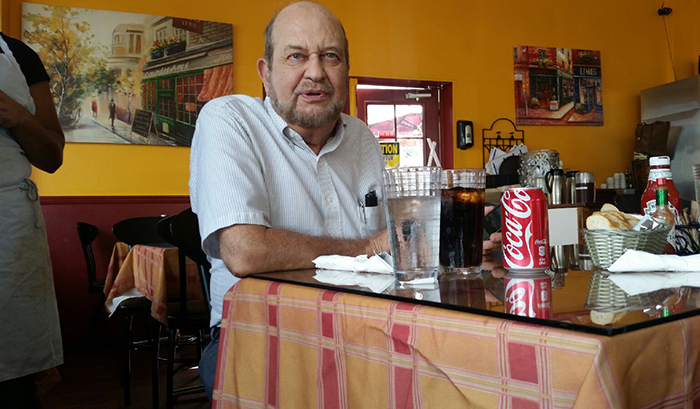One clear precedent emerged Tuesday night from California’s primary election results: There will be no Republican contending this fall for the U.S. Senate seat about to be vacated by the retiring Democratic Sen. Barbara Boxer. This is the first time the race for a statewide office ever has devolved into a one-party affair.
The reason: Not only did the GOP fail to field a truly formidable Senate candidate this year, the party had only one hopeful among its five (somewhat) significant springtime candidates with any experience in elective office. Keep this up and the GOP will be seeing many more big Democrat-on-Democrat contests.
By contrast, the Democrats fielded two electoral veterans, two-term state Atty. Gen. Kamala Harris, a two-term former district attorney of San Francisco, and 10-term Orange County Congresswoman Loretta Sanchez.
Returns left little doubt that Republicans could have won a place on the fall ballot if their vote had not been completely fractured. Instead, all five at least somewhat well-known GOP hopefuls stayed in the race to the bitter end (which ended bitterly for them all) even though their party probably could have won a November slot if four of them had dropped out and essentially instructed Republican loyalists to vote for the remaining survivor.
This actually should have been done before the March 16 filing deadline if the party expected to make a Senate run in the fall. Instead, the last of the GOP candidates to file – Silicon Valley entrepreneur Ron Unz – waited until that very date before submitting his papers. A party once known for its firm internal discipline had none this year.
Even when polls repeatedly showed GOP candidates drawing less than 10 percent each among likely primary voters, none dropped out to let Republicans coalesce around someone.
The reason for all this was as clear as the result: No GOP candidate cared much if their party fielded no autumn candidate. All were apparently content to leave that election strictly to the Democrats, with GOP voters perhaps a moderating influence, as they often have been in all-Democrat races for state legislative jobs.
Even More Invisible
Such one-party races have been common since voters adopted the Top Two primary election system as Prop. 14 in 2010, but until now, never before for a choice top-of-ticket job. It’s bound to leave rank-and-file Republicans frustrated.
“I doubt this will have long-term ramifications for the party,” said Palo Alto legal arbitrator Duf Sundheim. He was the leading vote-getter among GOP candidates and one of two former state Republican Party chairmen who insisted on staying in the primary.
“Yes, it would be helpful to other candidates further down the ballot to have a Republican at the top of the ticket,” Mr. Sundheim conceded, “But with the Top Two primary, we’re simply going to get situations like this from time to time.”
Not exactly a cry of despair for the party he once headed.
Said Mr. Unz, the author and chief funder of the 1998 Prop. 227, which all but ended bilingual education in California, “The truth is, I probably don’t care whether there’s a Republican candidate in the runoff. I’ve never been anything but a registered Republican, but I’ve been disappointed with the positions many Republicans have been taking lately.
“And from the other two Republicans in this race, I did not see anything interesting.
“To win, any Republican would need a lot of crossover voters, but it’s difficult to see two longtime party functionaries managing that.” Mr. Unz began by admitting he expected to lose the primary, but wanted the bully pulpit the campaign offered for talking about how to preserve his 1998 Prop. 227, which ended most bilingual education in California.
The result leaves the field to Ms. Harris and Ms. Sanchez, with the winner likely to be the one who can attract the most Republicans this fall. Neither came close to dominating the spring campaign, both falling far short of the vital 50 percent benchmark.
Mr. Elias may be contacted at tdelias@aol.com. He has covered esoteric votes in eight national political conventions. His book, “The Burzynski Breakthrough, The Most Promising Cancer Treatment and the Government’s Campaign to Squelch It,” is now available in a soft cover fourth edition. For more Elias columns, visit www.californiafocus.net








